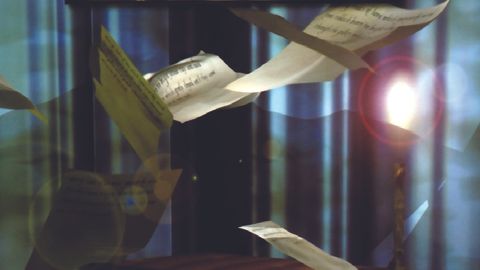Did you get into rock for peace and quiet? If not, Rick Wakeman’s 1999 ambient trilogy may come closer to incitement to violence than the intended meditative effect. Following on from his previous New Age hit, softwareuiphraseguid=“14c66c84-2633-4fb1-93f0-f3a9e4274be0”>Suntrilogy (1991), its three CDs – The Sculptor, The Writer and Sketches – are meant to evoke each of those arts’ characteristics. The result is three hours of repetitive, ascending musical cycles, played solo on keyboards and synths. It sounds somewhere between minor-league classical minimalism and one of those gliding 80s synth soundtracks Wakeman scored when Tangerine Dream were busy.
Track titles are more suggestive than the music. The Village Green conjures a numbingly slow day in someone’s hellish idea of heaven. Stories Of Bygone Days at least manages some textural roughage as insectile background synths buzz and whir. Mostly, though, nothing in here moves. Melodies and mood stay static. It’s supposed to be restorative, but it feels like you’re already dead.
Wakeman’s own long history of riotous living, calamitous health scares and latter-day Christian faith makes composing calming music understandable, but this would have flushed out Noriega quicker than AC/DC. It’s claustrophobically placid enough to make you scream.


